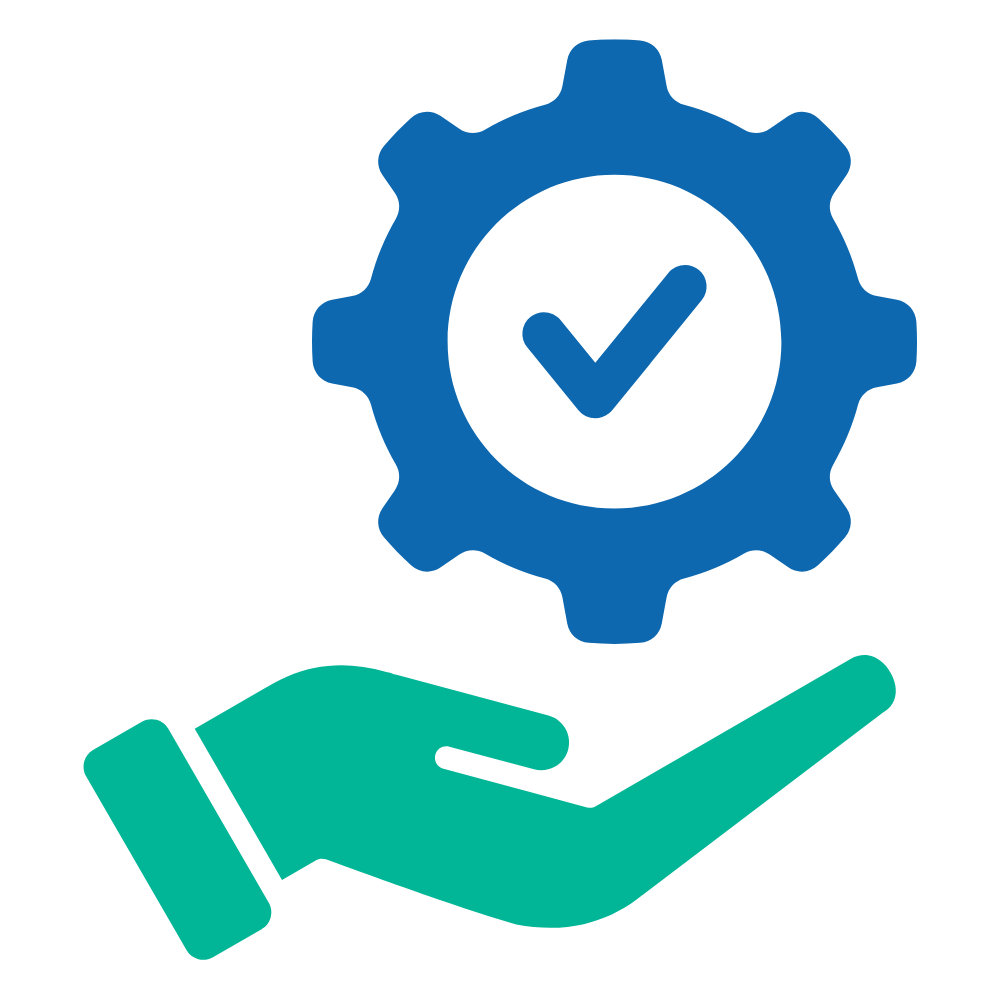The Batoi RAD Framework IDE (Integrated Development Environment) is a web-based tool to develop and manage your application with the Batoi RAD Framework. This tool is included along with the Batoi RAD Framework download on its Download page.
The Batoi RAD Framework IDE can be accessed at the URL:
- View recently edited events and controllers apart from blog posts about the Batoi RAD Framework on Batoi website and links to the Batoi RAD Framework documentation (in fact, each screen on the Batoi RAD Framework IDE provides link to documentation contextually)
- Manage Controllers and Events with each
- Manage Model (Application Classes, Script Includes, and Configuration Variables)
- Manage View (View Page Parts, View Page Variables, JavaScript Files, and CSS Files)
- Manage Users and their Roles
- Manage Lifestream
- View and edit Application Settings
- Change Admin Password
Settings of Application with the Batoi RAD Framework
Application Settings refer to setup information that is used while installing the Batoi RAD Framework, thus setting up the application with the Batoi RAD Framework. This includes the application name, description, author name, email address of admin user, URL of the application, and database settings. Database settings include DSN, Database Name, DB user and Password, and Table Prefix. (the string that will be prepended to each table of the application including the Batoi RAD Framework Database Tables).
You can edit the application settings on the Batoi RAD Framework IDE. But you need to be careful about the Application Base URL as it may make the application disfunctional. However, you can manage your Lifestream log (enabling and disabling) here apart from other aspects of the application. There is no facility to edit database settings for an application as there is a separate utility (currently under development) to help you migrate your application to a different databases and different locations.
Application Lifestream
The Batoi RAD Framework has an inbuilt capability to track the access to the application created through it. This is enabled by default during the installation of the Batoi RAD Framework. You can see the access log of the application in the section meant for Lifestream on the Batoi RAD Framework IDE.
Each day log is stored in separate text files and creates a new row on the Lifestream page on the Batoi
RAD Framework IDE. The log files are stored in the directory /log, and rows of log file
look like the following (two lines of a successfully executed event have been presented for
illustration):
25 March 2010, 7:10 am - Application accessed by user admin through URL /appl/index.php?ID=6
from IP 127.0.0.1. 25 March 2010, 7:10 am - Application executed in 0.1765148639679 sec.
The first line above describes the access by the user (if it is public access, no user information will be present), and the second line describes the successful execution of the event. In case of failure in the execution of the event, the second line will be absent in the log. As the log stores critical information like user, URL, IP from which access is done, and time for execution of events, it is very useful to study the performance of the application.
The IDE has the utility to delete log of any particular day, and also to remove the entire history of access log.
NOTE:
You may like to disable the Lifestream log (this can be done by editing the Application Settings) as it produces daily log files and thus consumes disk space. But it is advisable to keep it enabled and to remove the history periodically. The removal of history is extremely critical on high-traffic sites or applications.

 Help Articles
Help Articles